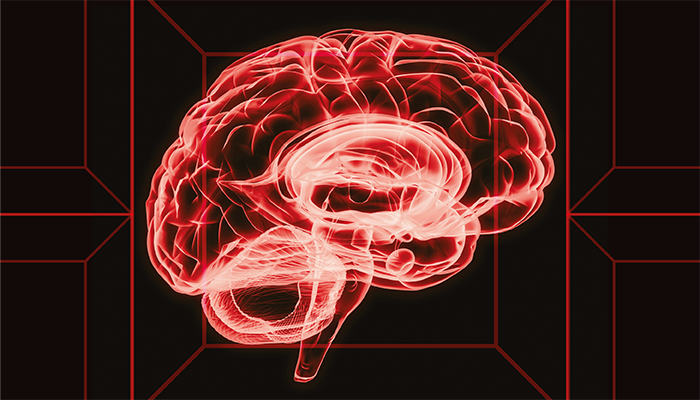
Credit: Adobe Stock (edited)
A new technique enabling high-resolution three-dimensional RNA imaging across the entire brain, known as Tris buffer-mediated retention of in situ hybridization chain reaction (TRISCO), has been developed in a collaborative effort between researchers from the Karolina Institutet and Karolinska University Hospital, Sweden.
The technology addresses inconsistencies with depth and uniformity associated with conventional RNA imaging methods by combining hybridization chain reaction (HCR) technology with Tris-buffered tissue clearing. The result? Enhanced tissue transparency, preserved RNA integrity, and consistent labeling throughout an entire organ (in this case the brain) – all whilst maintaining its structural fidelity.
Using TRISCO, the researchers successfully visualized RNA in several samples, including human fetal brain tissue and rat and guinea pig brains, to reveal distinct structural layers. The method was validated using RNA-specific probes for several genes, such as parvalbumin (Pvalb) and somatostatin (Sst), with light-sheet microscopy revealing high-resolution, three-dimensional transcriptional patterns in brain regions including the hippocampus and neocortex. The study demonstrated that TRISCO delivers uniform staining even in deeper tissue layers, showcasing significant improvements over previous approaches. Quantitative comparisons with conventional imaging techniques confirmed the accuracy and comprehensive coverage of TRISCO.
TRISCO’s ability to detect functional neuronal activity was also measured by the team. By examining c-Fos RNA, a marker of neuronal activation, in mice treated with semaglutide, the researchers identified specific brain regions involved in appetite regulation. These findings were validated through comparative analysis with protein-based imaging techniques.
The researchers also highlighted several areas for improvement, such as TRISCO’s relatively weak signal-to-noise ratio. Further developments will aim to optimize sample preparation and probe removal to expand the number of RNA molecules that can be analyzed simultaneously, enabling RNA multiplex analysis.
"This method is a powerful tool that can drive brain research forward. With TRISCO, we can study the complex anatomical structure of the brain in a way that was previously not possible," commented corresponding author Per Uhlén in a press release.




